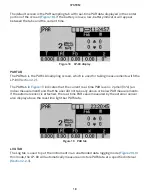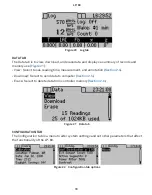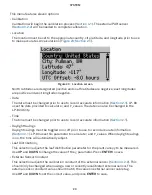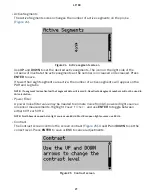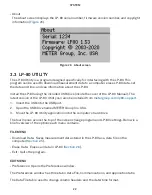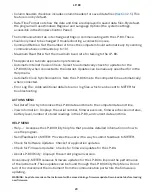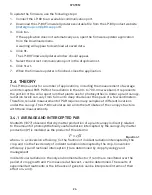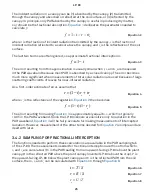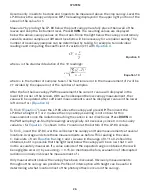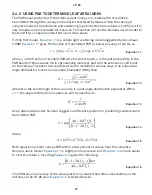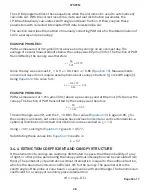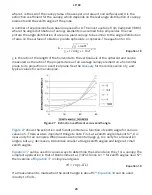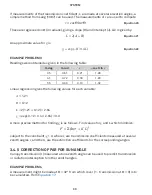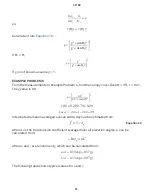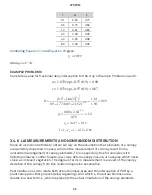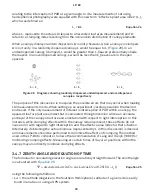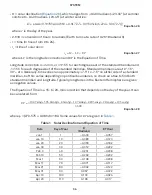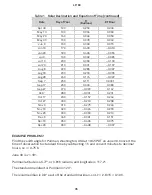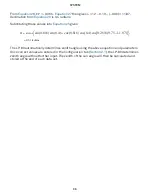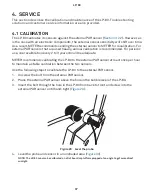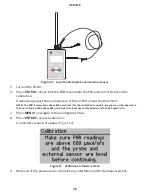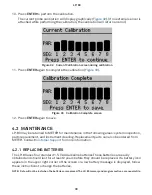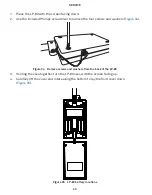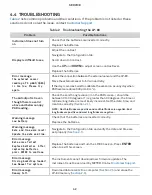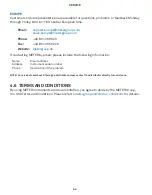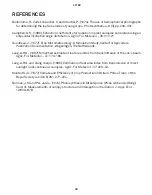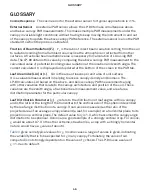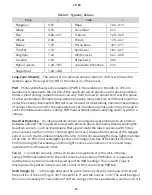
32
SYSTEM
χ
u
v
0.1
0.69
0.73
0.5
0.75
0.82
1.0
0.81
0.89
2.0
0.90
0.95
4.0
0.96
0.98
8.0
0.99
0.99
Combining
and
gives:
τ
τ
= Θ
( )
d
q
where
q
=
uL
v
-1
/
K
.
EXAMPLE PROBLEM 6
Calculate a value for fractional daily interception for the crop in Example Problems 4 and 5.
=
−
=
u
x
1.033exp( 0.57 0.9) 0.80
=
−
=
v
x
1.033exp( 0.97 0.9) 0.87
=
−
+
+
=
=
−
K
(0.9 [tan35] )
0.9 1.774(0.9 1.182)
1.14
1.94
0.59
2
2
1
2
0.733
=
×
=
−
q
0.80 2.64
0.59
1.2
0.13
τ =
=
0.21
0.15
d
1.2
τ
= −
= −
=
f
1
1 0.15 0.85
d
3.4.6 LAI MEASUREMENTS AND NONRANDOM DISTRIBUTION
Since all inversion methods to obtain LAI rely on the assumption that elements of a canopy
are randomly dispersed in space, errors in the measurement of LAI may result from a
nonrandom arrangement of canopy elements. This is especially true for canopies with
heliotropic leaves, conifer forests, row crops before canopy closure, or canopies which never
close, as in desert vegetation. The degree of error in measurement is a result of the canopy
deviation of the canopy from this random dispersion assumption.
Past studies use LAI to relate both actual biomass area and the interception of PAR by a
plant canopy. Another proposed view regarding LAI in which
L
, the actual biomass area,
relates to a new term,
L
e
, which represents the actual orientation of the canopy elements

